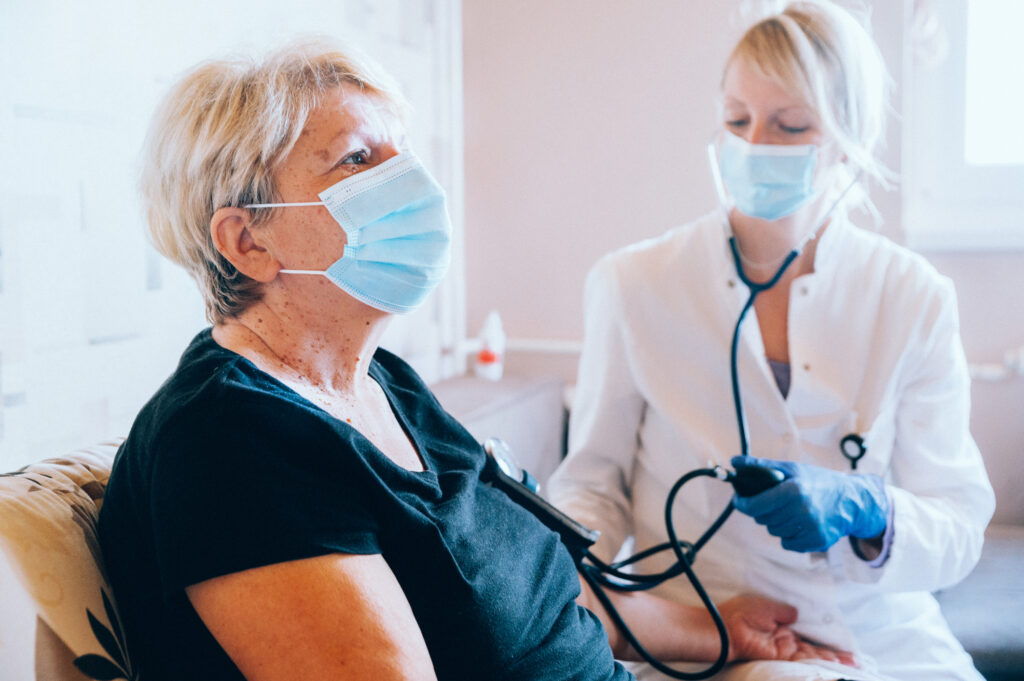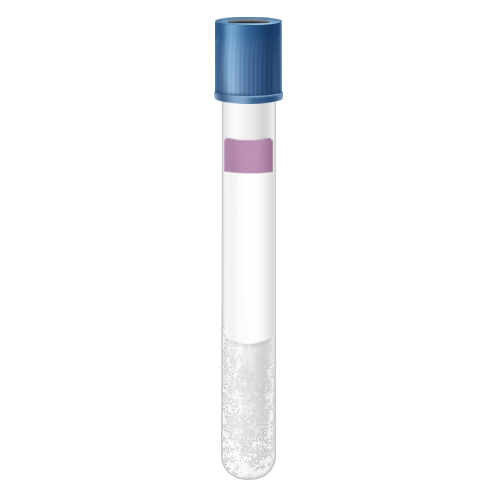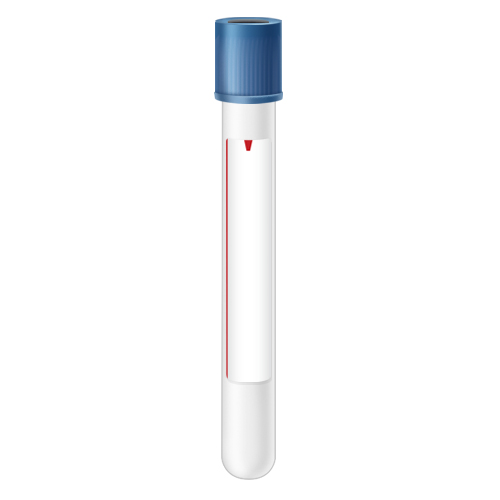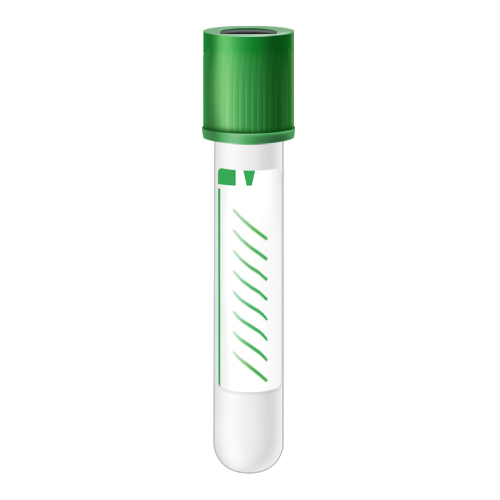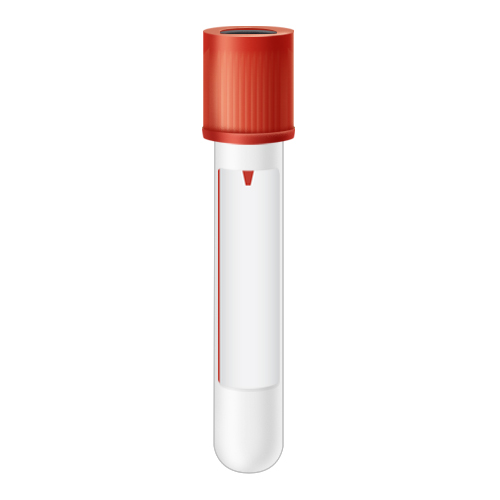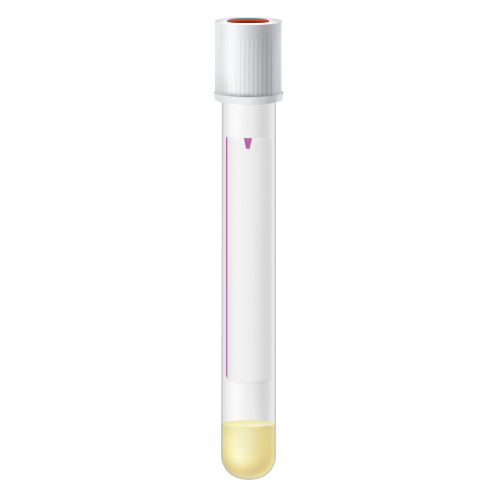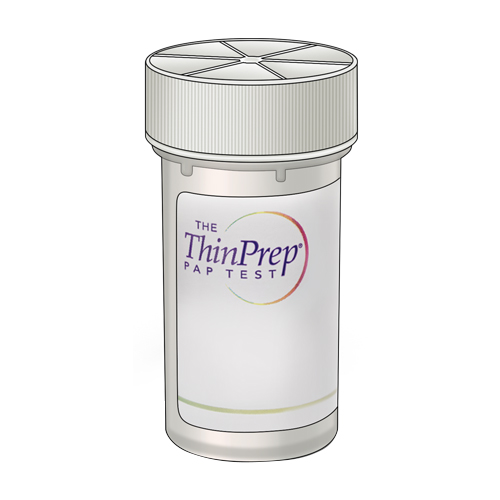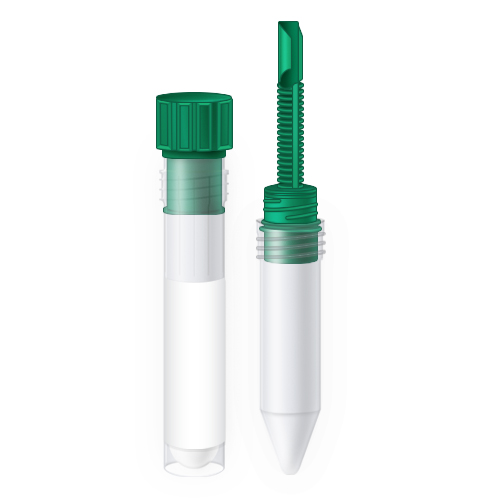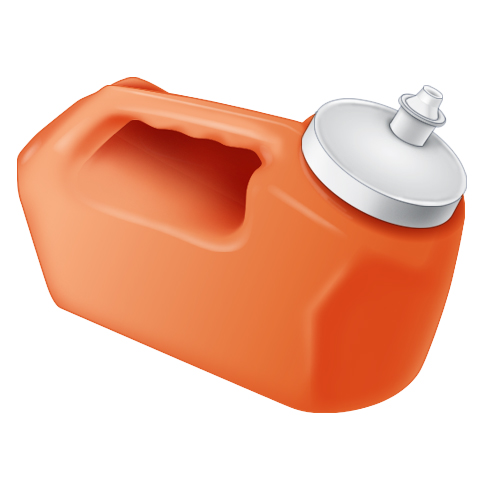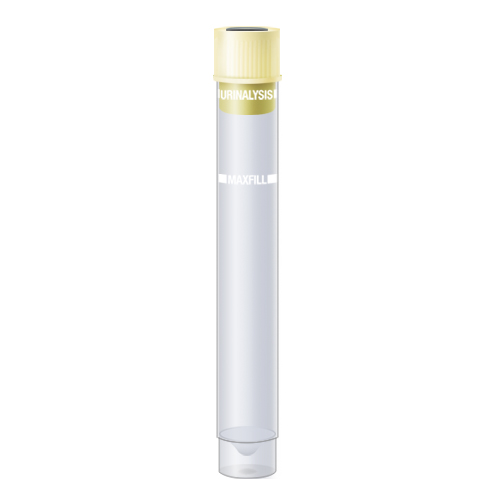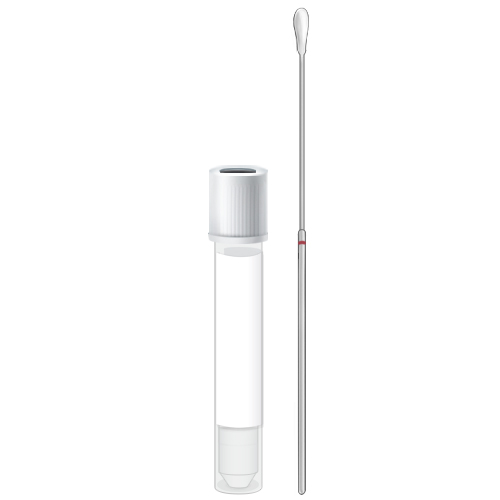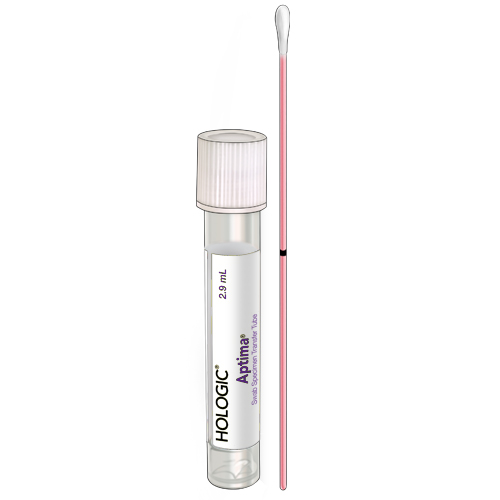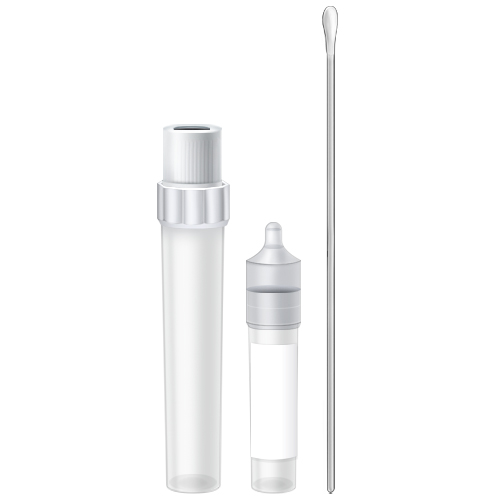Every 40 seconds, someone in the United States has a stroke, according to the Centers for Disease Control and Prevention (CDC).1 Stroke is a leading cause of death and long-term disability in the U.S., but did you know – about 80% of strokes are preventable?2 For National Stroke Awareness Month, we’re sharing information about how a stroke can happen, risk factors, and steps you can take for prevention.
What Is a Stroke?
A stroke happens when part of the brain cannot receive the blood and oxygen it needs, causing brain cells to die quickly. A stroke can be caused by either a blocked artery or a ruptured artery and can lead to lasting brain damage, disability, or death.3
There are two types of major strokes:3
Ischemic Stroke
An ischemic stroke happens when particles (like blood clots or plaque build-up) block the blood vessels to the brain. Ischemic strokes account for approximately 87% of all strokes.1
Hemorrhagic Stroke
A hemorrhagic stroke occurs when an artery to the brain leaks blood or bursts open – causing damage to brain cells by creating too much pressure. Conditions like high blood pressure and aneurysm can cause a hemorrhagic stroke.
Another type of stroke to be aware of is a transient ischemic attack (TIA). Sometimes called a “mini-stroke” or a “warning stroke,” this type is defined by blood flow to the brain only being blocked for a short period of time. According to the CDC, more than a third of people who don’t seek treatment after a TIA have a major stroke within a year.3
Know the Signs of a Stroke
It is crucial to be aware of the signs and symptoms of a stroke because fast treatment can lessen potential brain damage.4 The CDC directs you to call 9-1-1 immediately if the following stroke symptoms appear suddenly:4
- Numbness or weakness in the face, arm, or leg – particularly on one side of the body.
- Confusion, trouble speaking, or trouble understanding speech.
- Trouble seeing in one or both eyes.
- Problems walking, dizziness, or poor balance.
- Severe headache with no known cause.
The acronym F – Face drooping, A – Arm weakness, S – Speech difficulty, T – Time to call 9-1-1 (F.A.S.T.) is designed to help you recognize the signs of a stroke and encourage speedy action.2 Click here to learn more about acting F.A.S.T.
Who Is at Risk for Stroke?
Anyone can have a stroke at any age – so it’s important to understand your risk. Factors that can increase your risk for stroke include:
- Age: risk of stroke increases for both men and women as they get older.5
- Family history: you may be at greater risk for stroke if a close family member has had one, especially before the age of 65.5
- Race: according to the American Stroke Association, African-Americans are at much greater risk than Caucasians for stroke.5
- Gender: women are at greater risk for stroke than men; and at greater risk of dying from a stroke.5
- Certain health conditions: previous stroke or TIA, high blood pressure, high cholesterol, heart disease, diabetes, sickle cell disease, and obesity can all affect stroke risk.6
- Unhealthy behaviors: smoking, overconsumption of alcohol, physical inactivity, and poor dietary choices also contribute to increased risk.6
While some of the above factors may be out of your control, it’s important to focus on the risk factors you can improve upon to help reduce your chance of stroke.
How Can I Prevent A Stroke?
Many strokes are preventable through coordination with your healthcare provider and a commitment to healthy living. Making the following lifestyle choices could help prevent a stroke:7
- Eating healthy
- Keeping a healthy weight
- Staying active
- Not smoking
- Limiting alcohol
- Taking medications as directed
According to the CDC, preventing, diagnosing, and controlling high blood pressure is especially essential to stroke prevention as it is the most treatable risk factor.2
Take Charge of Your Stroke Risk
If you are at risk or are concerned about your risk for stroke – check in with your healthcare provider about prevention strategies beyond healthy living. They may recommend diagnostic testing to identify medical conditions that can lead to stroke (like cholesterol or other cardiovascular tests), discuss medication options, and suggest targeted lifestyle changes.
Join the effort for stroke awareness this month by encouraging education about stroke risk and prevention. If you are a healthcare provider, click here to begin ordering supportive diagnostic tests for your patients from BioReference.
Sources:
- https://www.cdc.gov/stroke/facts.htm#
- https://www.cdc.gov/stroke/docs/Know_the_Facts_About_Stroke.pdf
- https://www.cdc.gov/stroke/about.htm
- https://www.cdc.gov/stroke/signs_symptoms.htm
- https://www.stroke.org/en/about-stroke/stroke-risk-factors/stroke-risk-factors-not-within-your-control
- https://www.cdc.gov/stroke/risk_factors.htm
- https://www.cdc.gov/stroke/prevention.htm

